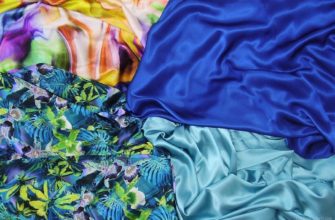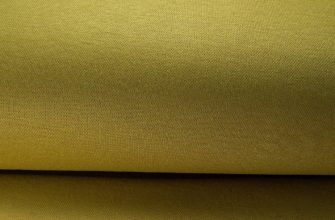Few people know that Tencel is a naturally created fabric woven from Australian eucalyptus trees. The material looks and feels like silk, and is incomparable in strength and softness to other fabrics. Tencel home textiles and clothing have conquered the world, regardless of what the exact name is, few consumers know.
History of creation
Tencel fabric was first invented by the famous company Courtaulds Fibres UK. In 1988, the developers received a patent for their invention. At that time, the material had a completely different name - lyocell. A couple of years after the fabric was created, it was proposed to use it only for sewing women's clothing, since the quality level of the material was high and was in great demand among customers.

Soon the manufacturer acquired several companies in different countries of the world, including in Russia (VNIIPV Mytishchi) and in the USA (Lenzing). It is interesting that each of the companies registered the material under different names, in the USA it is known as tencel, and in Russia - orcel.
And only 9 years after the creation of the material, its mass distribution began, which became popular in the textile industry for the production of goods for the home and fashion. The fabric found its application among motorists (they began to make cables, filters, protective seat covers from it).

Tencel fabric: what is it
It appeared on the market literally 20 years ago, so it is familiar to a small number of consumers. Due to the fact that little is known about the material to ordinary people, it is often underestimated, but nevertheless it deserves great attention.
Important! Despite the fact that this fabric is produced using chemical materials, it is absolutely safe from an environmental point of view.
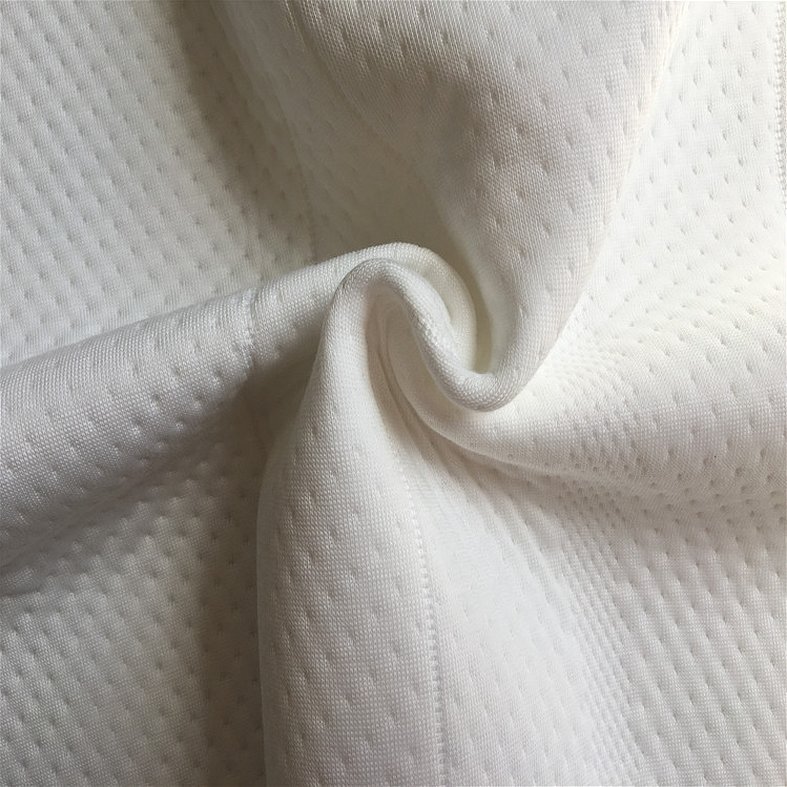
Composition and advantages of the fabric
Tencel can be made from 100% natural lyocell, or with a small addition of wool, cotton, silk fibers and artificial compounds.
The advantages of the fabric are as follows:
- Pleasant to look at.
- It has excellent moisture-absorbing properties.
- Prevents the development of pathogenic microorganisms on its surface.
- The fabric is not capable of causing an allergic reaction.
- It has a high level of durability.
- Always retains the given shape.
- Virtually no ironing required.
- Breathable.
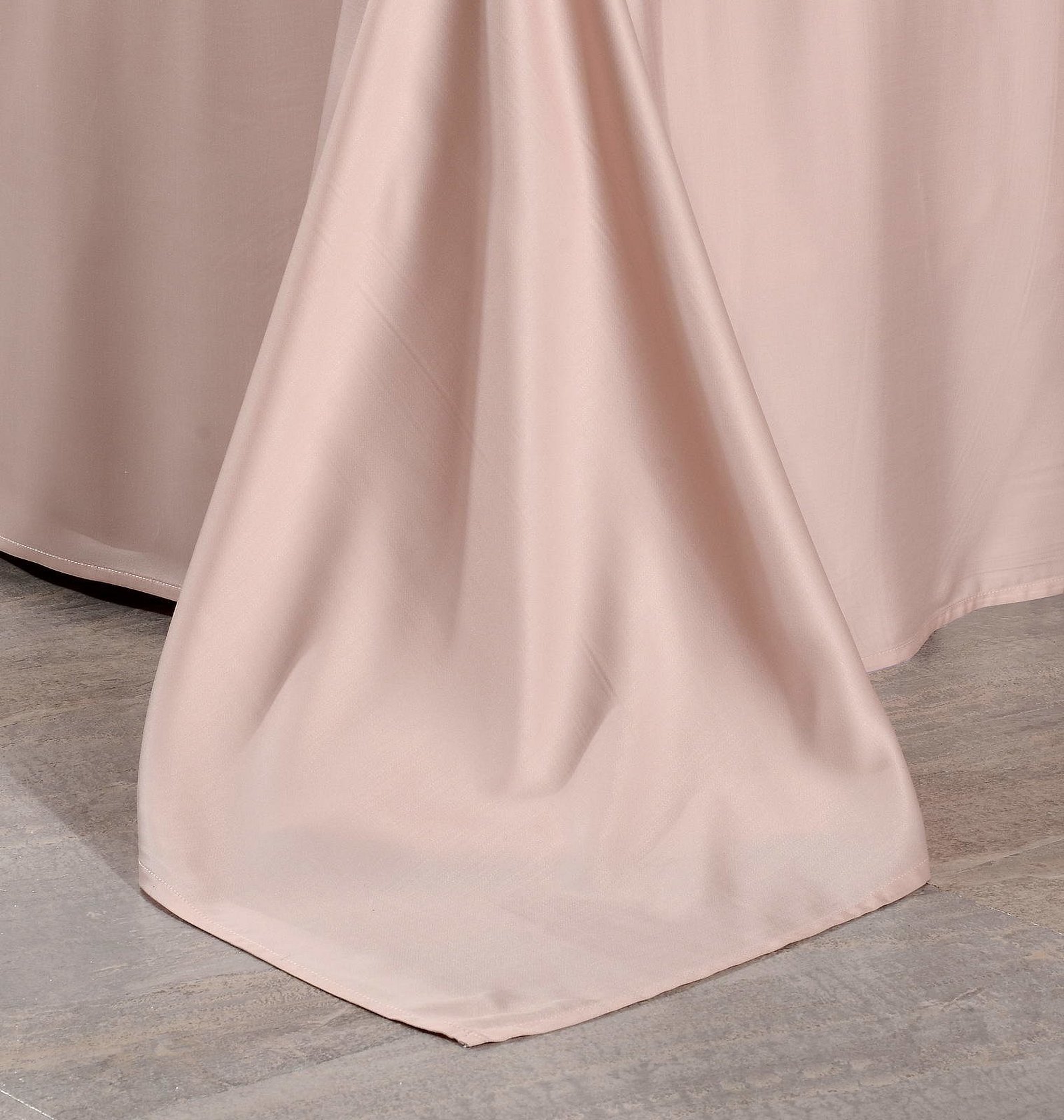
Production of material
The fabric production is 100% eco-friendly, so Tencel is in high demand among consumers from all over the world. Lyocell fibers are processed from natural wood. Australian eucalyptus is used for this, which was grown in specialized areas in ecologically clean areas of the continent. Without the use of various fertilizers, herbicides and chemicals.

The production process consists of the following stages:
- Eucalyptus wood is transformed with an organic solvent into a homogeneous mass.
- The resulting substance is passed through special forms into a specific acidic composition. This is how the threads of the material are created.
- The resulting fiber is dried.
Important! The creation process is waste-free and there are no emissions into the environment.
Description and properties
Tencel what kind of fabric is it? - a material of natural origin, which is made from the wood of Australian eucalyptus and subjected to nanoprocessing. The production is artificial and is practically waste-free, does not harm the environment.
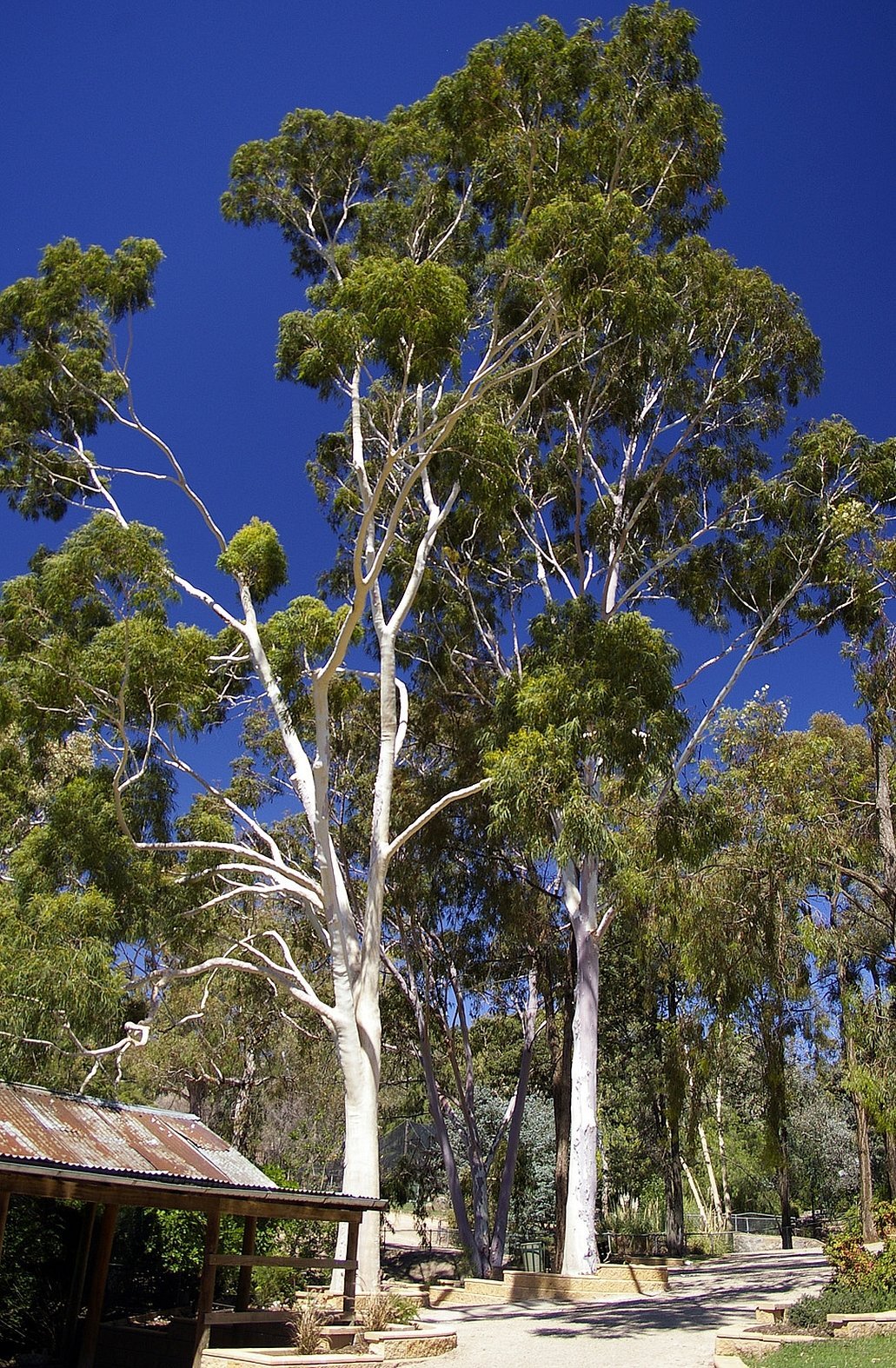
Other properties of Tencel material:
- ease;
- beautiful shine;
- hygiene;
- hygroscopicity;
- softness;
- ability to retain heat;
- tactile comfort;
- ecological cleanliness;
- hypoallergenic;
- elasticity;
- strength.
Please note! Tencel is often confused with tesil fabric. Therefore, it is necessary to understand what kind of fabric tesil is, natural or not. It is artificial silk, in other words, ordinary polyester. Only chemical and artificial components are used for its production.

Advantages of the material
Tencel has many more advantages than disadvantages:
- Completely safe fabric composition, as it is created only from natural components.
- It has antiseptic properties and is based on eucalyptus wood.
- Allows the skin to breathe.
- The material is quite soft and does not cause discomfort.
- Its appearance resembles silk, thanks to its thin and smooth structure.
- Large margin of safety.
- Has good moisture absorption properties.
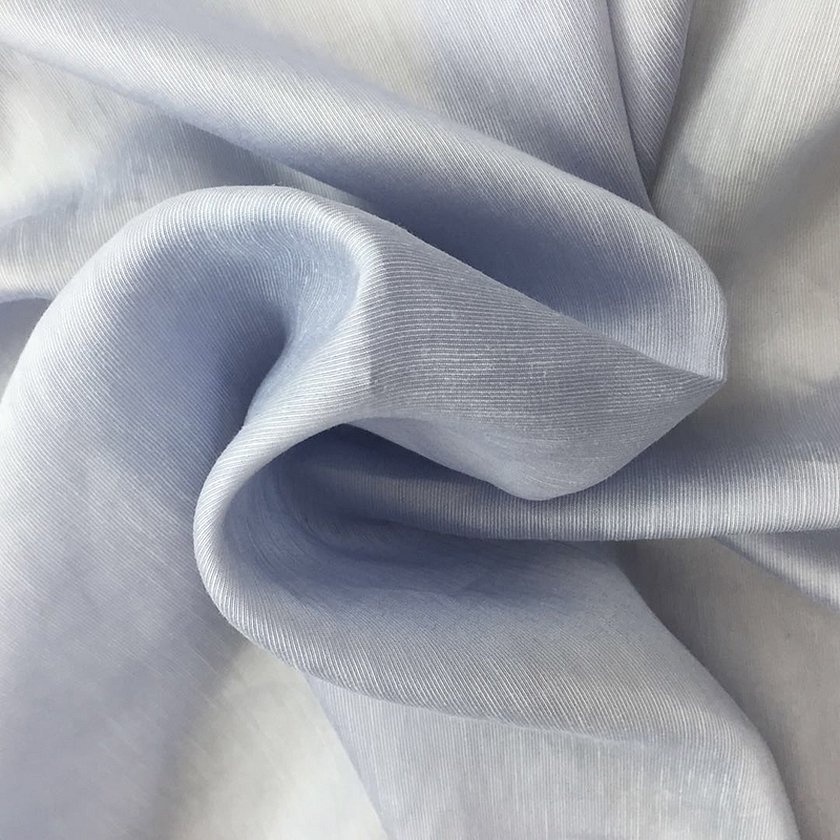
Cons
Today, there are several negative facts about the Tencel material:
- This fabric is made from wood, which means it may shrink slightly when washed.
- The material is expensive, not every consumer can afford it. For example, a regular everyday dress made of tencel costs from 10,000 rubles.

Scope of application
Due to the considerable number of advantages of the fabric, it is often used in production areas:
- It has good moisture-absorbing properties, which is good for sewing sportswear.
- The special lightness and softness of the material are suitable for creating elite bed linen.
- The fabric is also used in the production of terry products - bath towels and robes.
- It practically does not wrinkle and is easy to dye. The material is used to create clothing for both men and women.
- Fabrics with added synthetics are used to create various ropes.
- It is often used in the production of medical dressings due to its antiseptic properties.
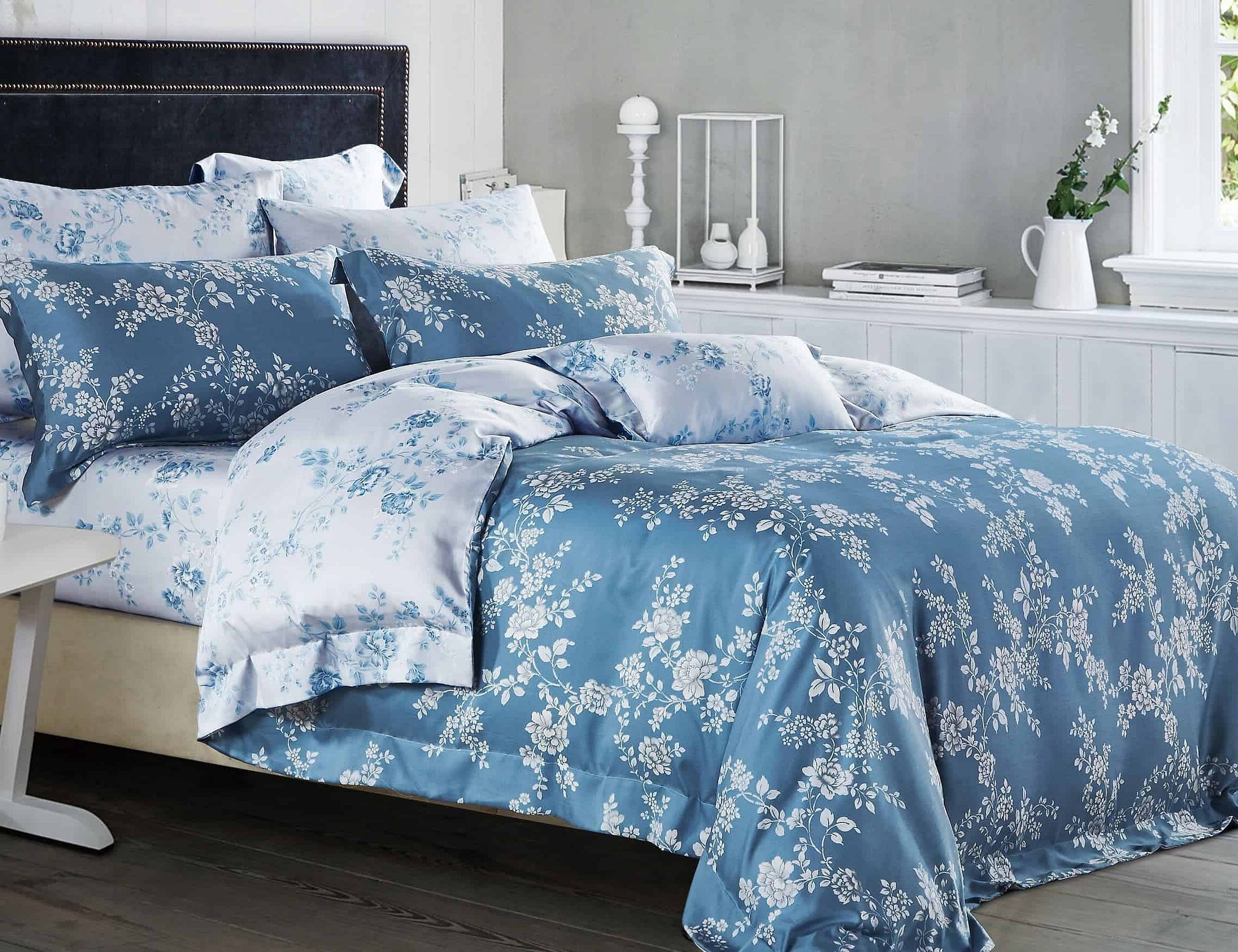
Comparison with other materials
It can be said that tencel is similar to silk and cotton in almost all characteristics, the difference lies in the price of such materials. It is also much better than cotton, even the highest category, and is perfect for people with sensitive skin. In addition, unlike silk, linen and cotton, tencel has high bactericidal properties, due to which the material prevents the development of microorganisms.
It also has the following parameters:
- It is similar in softness to silk.
- The safety margin is much greater than that of flax.
- Pleasant to the body, unlike cotton.
- It heats well, but at the same time it cools well in hot weather.
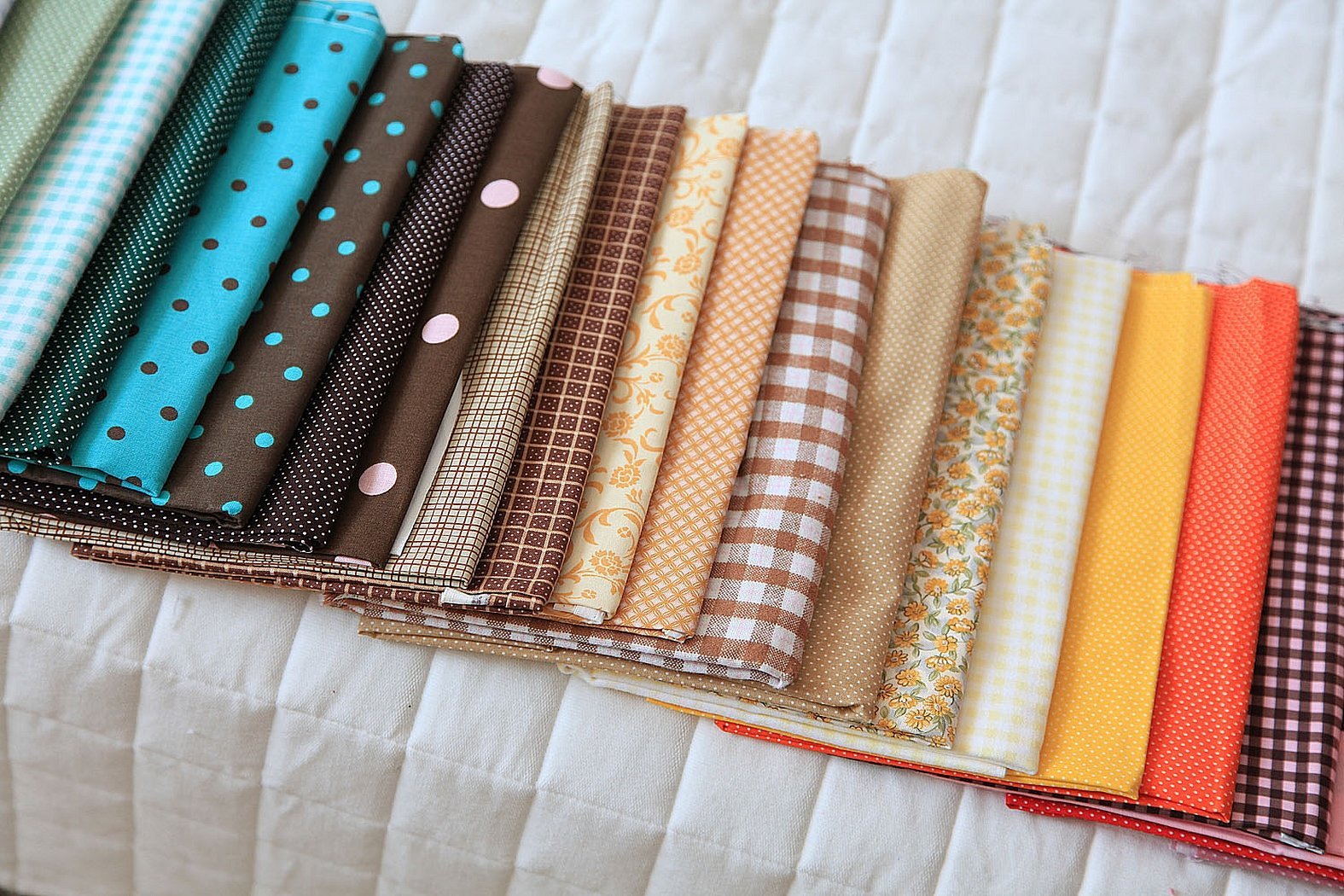
How to take care of it properly
Tencel requires special care:
- The material can be washed by hand or in a washing machine, in cool water no higher than 30 degrees.
- If there is a need to rinse the item daily, then this must be done manually and in cold water, otherwise the fabric will deteriorate quite quickly.
- Turn the item inside out, no matter if it is bed linen or a dress, and only then put it in the washing machine or a basin of water.
- Before washing, be sure to fasten all zippers and buttons.
- Use only liquid products.
- The item should be ironed only from the inside out, after placing a gauze cloth underneath, and ironing at the lowest temperature.
- Do not expose to direct sunlight.
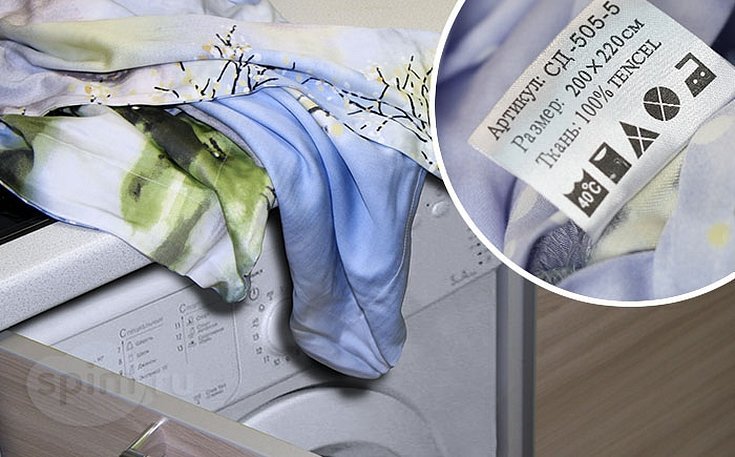
As you can see from the list, fabric care is quite whimsical, but if you do everything correctly, the item will last a long time.
Important! To ensure that washing is effective and does not damage the item, you need to load the machine halfway.
Consumer Reviews
Olga 38 years old
"When I first bought gorgeous tencel bed linen, I was just happy about it. I had been trying to find exactly this fabric for a long time. The linen is quite soft and pleasant to the body, you can choose absolutely any color of bed linen, which will please the eyes of its owners for a long time. I can say that the material did not give off an unpleasant smell, in a word, I am simply delighted."
Christina 24 years old
"The fabric is great, very similar to natural silk, does not wrinkle or tear at all. I am very glad that I found it. I rarely react violently to a purchase, especially bed linen, but here I was not indifferent. In the summer, the fabric lies nicely on the body, does not stick and cools well."
Valeria 32 years old
"Tensel bed linen is simply gorgeous! I have two sets of these. It is very soft to the touch, pleasant to the body, comfortable. The composition is natural - eucalyptus. I have been using it for a long time, and the bed linen remains almost like new."
Tencel fabric has truly unique properties, in the future it will become a big competitor to the popular cotton. For now, the main holding back factor is the high cost of the products. Harvesting and processing wood is expensive, which is why such things are not available to everyone.


